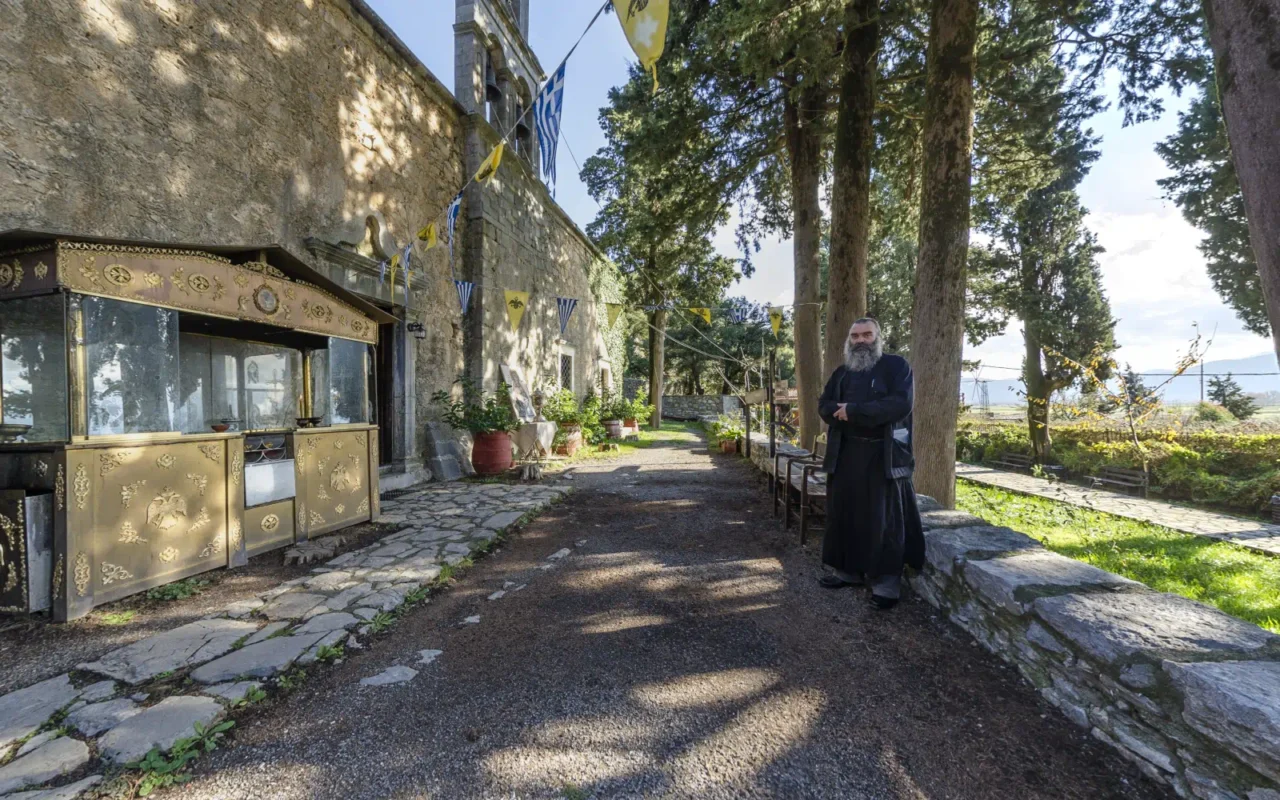
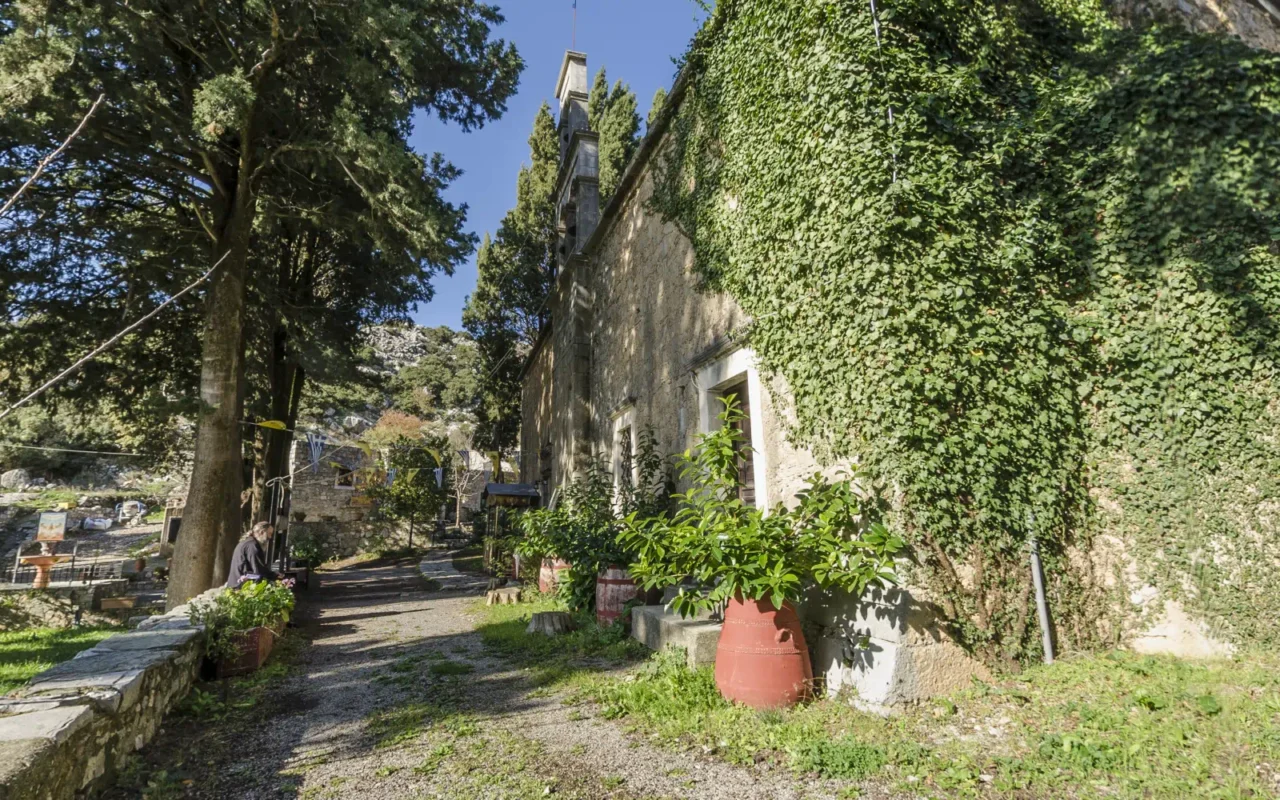
Location and Access
The Vidiani Monastery is located on the northwestern side of the Lasithi Plateau in Crete, near the village of Kato Metochi. It’s conveniently situated near the tunnel that carries water from the plateau to the Aposelemis Dam, and the peripheral road of the plateau passes right by it, making access easy.
History
The monastery’s history is a tapestry woven with threads of resilience and renewal. While the current structures date back to the mid-19th century, it is believed that the monastery stands on the foundations of an older monastery that served as a metochi (dependency) for the Vidos family. The Vidos family, from which the monastery derives its name, were descendants of a Venetian family granted a part of the plateau as a fiefdom.
The monastery has faced its share of challenges throughout the years. In 1867, during the Cretan Revolt, it was destroyed by the Turks. However, it was rebuilt and reopened in 1874, demonstrating the unwavering spirit of its inhabitants. In 1884, the abbot of Vidiani Monastery purchased the dilapidated Kallergis Monastery, which remained under its care for many years. During the German occupation of World War II, the monastery’s abbot, Dorotheos Tsangarakis, was executed for his involvement in the resistance, highlighting the monastery’s role in the fight for freedom.
The monastery faced another period of decline in 1959 when the last monk passed away, leaving it abandoned. However, in the 1980s, efforts were made to revitalize the site. It was decided that the monastery would house an annex of the Natural History Museum of Crete, showcasing the region’s unique biodiversity. Additionally, a restoration project began in 1991, breathing new life into the monastery.
The Kallergis Monastery
The Kallergis Monastery, though currently an independent entity under the Metropolis of Arkalochori, has a history deeply intertwined with that of Vidiani. It fell into disrepair during the Ottoman occupation but was purchased in 1884 by the abbot of Vidiani Monastery, Methodios Perakis. Renovations followed in 1912, but a fire in 1931 caused significant damage, leading to financial hardship. The monastery was subsequently abandoned following the deaths of its renovators and the last nun.
Current State
Today, the Vidiani Monastery has been beautifully restored and functions as an active male monastery. It’s a place of tranquility, where visitors can enjoy the peaceful atmosphere and the meticulously maintained surroundings. Stone flower beds add a touch of color during the summer, while a fountain in the courtyard, surrounded by towering cypress trees, provides a refreshing focal point. A small cafe offers a place to relax and enjoy the scenery.
The monastery also houses a small but fascinating museum of natural history, operated in collaboration with the University of Crete, Natural History Museum of Crete. Inside the church, visitors can admire the Byzantine icon of Panagia Vidiani, as well as the beautifully crafted iconostasis, created in the Athens School of Fine Arts around 1880.
Key Information
- Dedication: The monastery is dedicated to the Life-Giving Spring (Zoodochos Pigi) and celebrates its feast day accordingly.
- Construction Period: Mid-19th century (believed to be built on the ruins of an older monastery)
- Location: North-western side of the Lasithi Plateau, Crete, near the village of Kato Metochi
- Current Status: Active male monastery with a museum of natural history
- Leadership: The monastery falls under the jurisdiction of the Holy Metropolis of Petra and Herronissos, with Hieromonk Archimandrite Timotheos serving as the current abbot.

















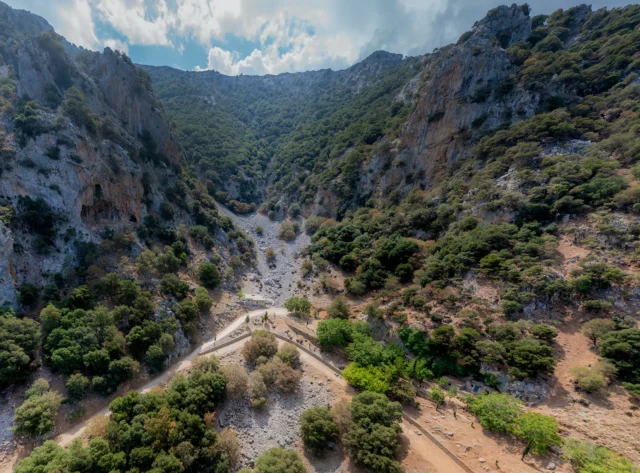
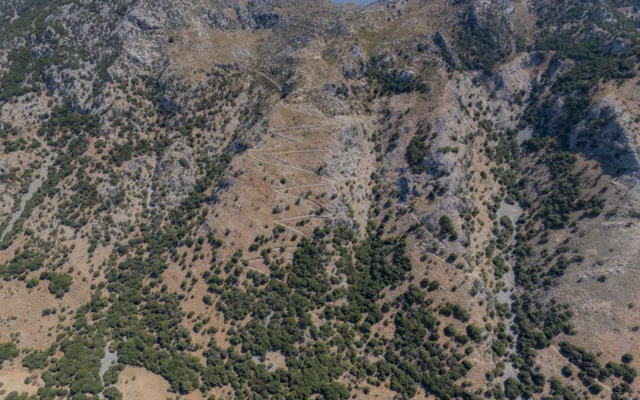

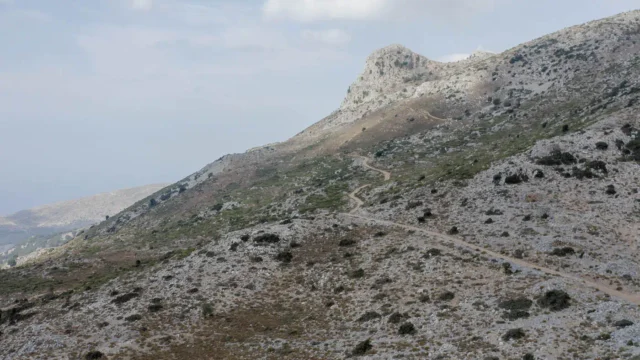
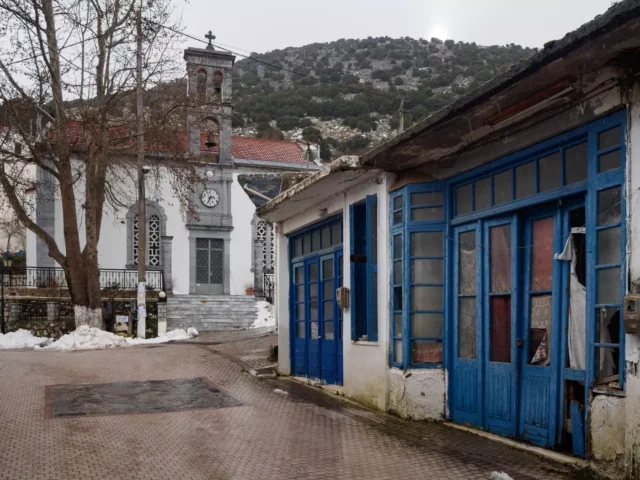
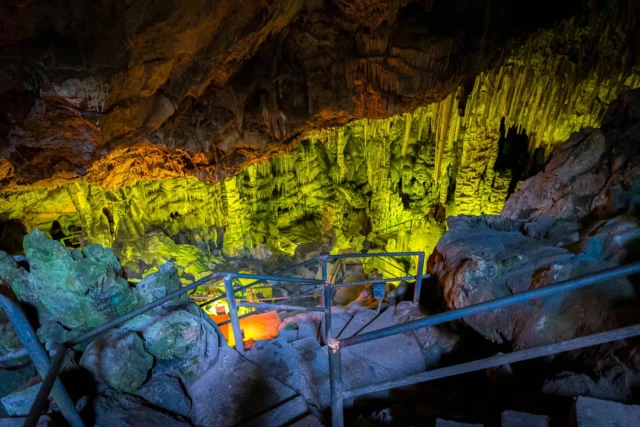

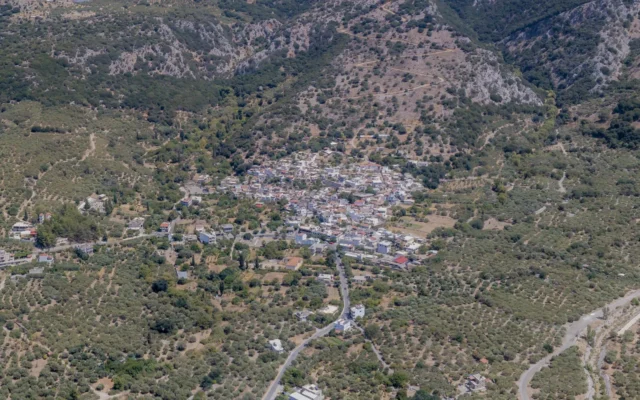
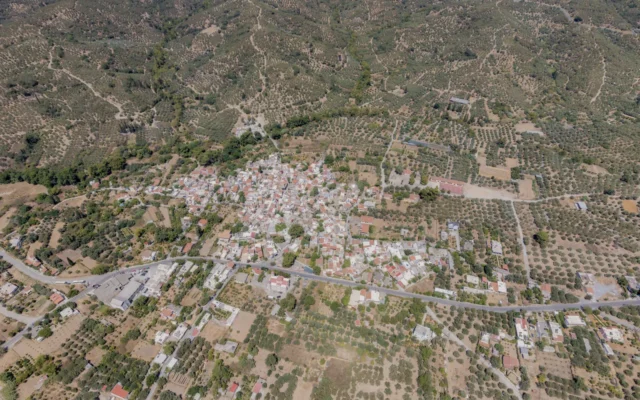

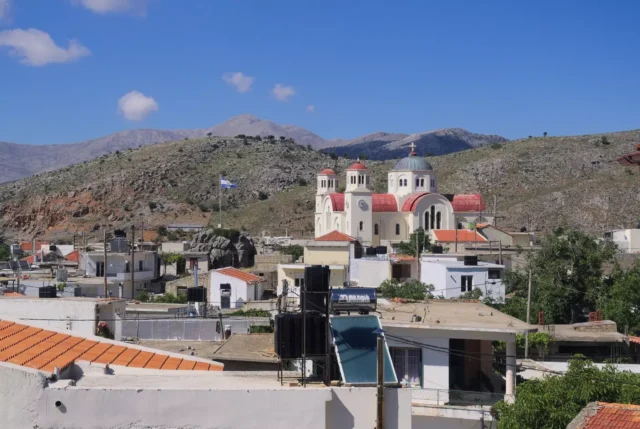

There are no comments yet.